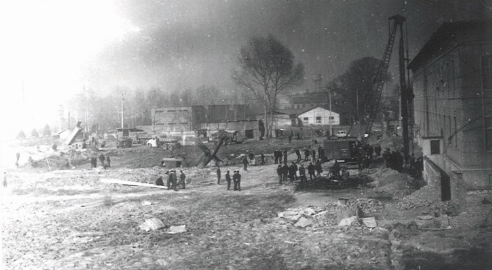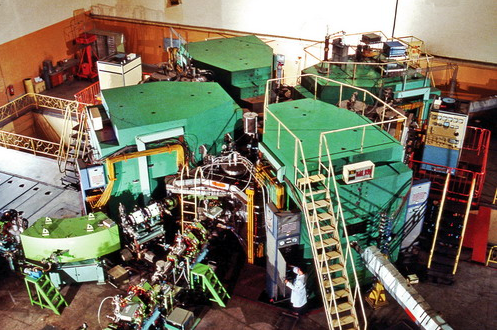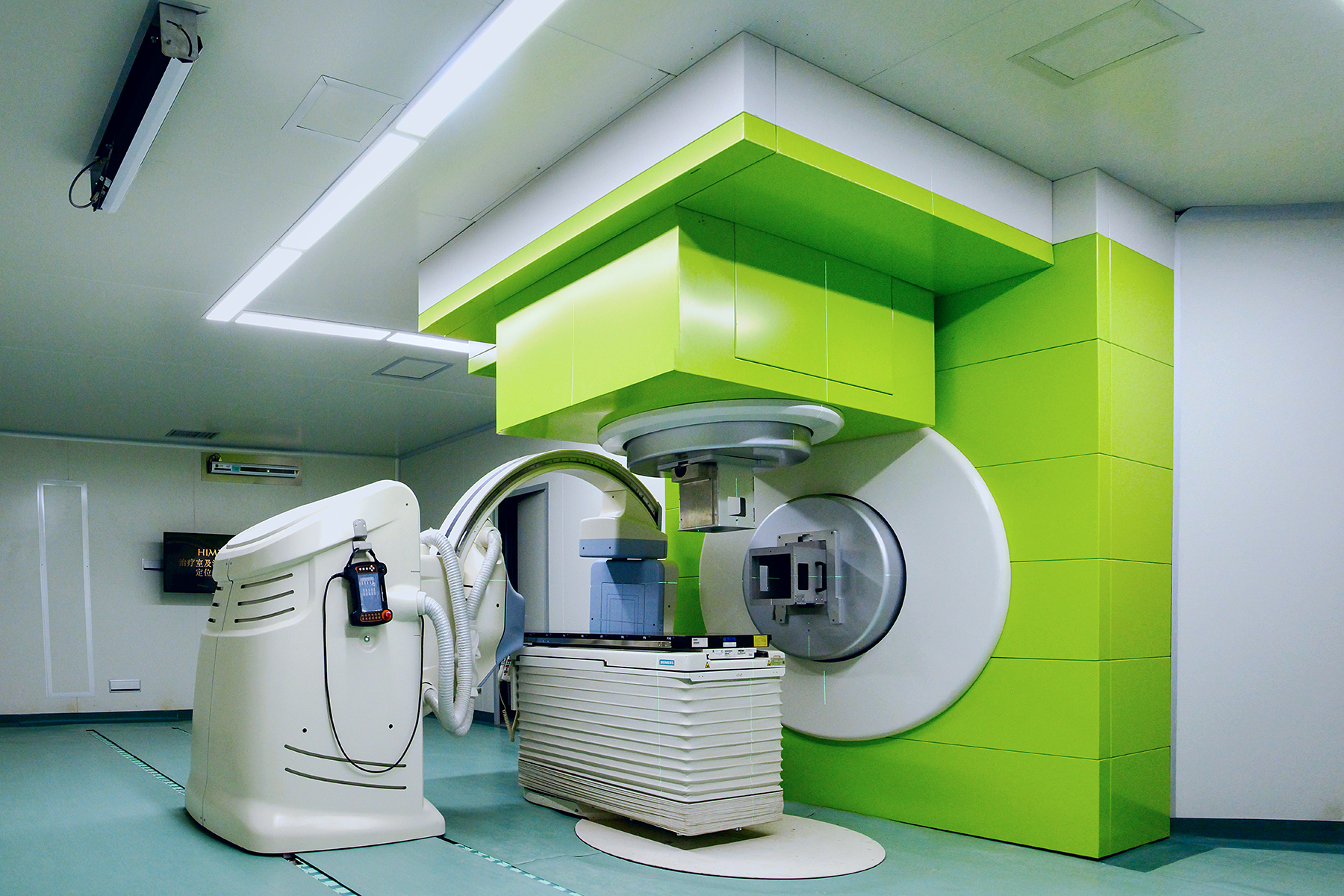The beginning of IMP can be traced back to 1957, when its predecessor—the Lanzhou Physics Laboratory was founded in China's Northwest Province Gansu. Since then, several generations’ painstaking efforts have contributed to the development of IMP, making it grow into a large and prominent research institute for heavy-ion science and technology in China. The timeline below highlights some of the major events in IMP’s history.
1956
The foundation of the Lanzhou Physics Laboratory, Chinese Academy of Sciences (CAS), was prepared in Beijing.
1957
In 1957, the Lanzhou Physics Laboratory was formally founded in Lanzhou.
1962
In 1962, a 1.5-meter classic cyclotron was built. In the same year, the Lanzhou Physics Laboratory and an engineering department of the Second Ministry of Machine-building Industry merged to establish the Institute of Modern Physics (IMP) of CAS.

1988
In 1988, IMP completed the construction of Heavy Ion Research Facility in Lanzhou (HIRFL).


1991
The National Laboratory of Heavy Ion Accelerator in Lanzhou was approved by China’s State Planning Committee and open to scientific users.
1992
Researchers at IMP discovered new isotopes, Hydrargyrum-208 and Hafnium-185.
1997
IMP completed the construction of the first medium-energy radioactive ion beam line in China.
2008
The Cooler Storage Ring of the Heavy Ion Research Facility in Lanzhou (HIRFL-CSR) was put into operation.



2011-2016
IMP took charge of the “Advanced Fission Energy Program—ADS Transmutation System”, a Strategic Priority Research Program of CAS.
2015
The first beam commissioning of the Heavy Ion Medical Machine (HIMM), was performed successfully. Independently developed by IMP, HIMM was the first home-made heavy ion therapy equipment in China.


Since 2016
IMP has been constructing the national large-scale infrastructure—High Intensity Heavy-ion Accelerator Facility (HIAF) and China initiative Accelerator Driven System (CiADS).




 甘公网安备 62010202000713号
甘公网安备 62010202000713号


